Goal and objectives
Accurate estimates on cropped area, crop type distributions and irrigation practices play an important role in guiding policy decisions related to food & water security (See et al., 2023). Yet, mapping these aspects at the global scale represents a challenging task due to the wide variety of landscape dynamics, crop types, growing seasons and agricultural management practices. Several attempts have already been made to come up with accurate global maps (e.g. Potapov et al., 2022; Han et al., 2021; Teluguntla et al., 2023), but until now not one has succeeded in providing timely information at field level on a global scale. Current crop map layers miss either on spatial detail or timeliness of the products. As such, WorldCereal Phase I (June 2020 – June 2023) aimed to support the agricultural community by providing a system that demonstrates the feasibility of a seasonal global crop monitoring system at field level.
The WorldCereal system needed to be able to:
- Create local to global annual cropland extent maps at 10 m resolution, taking into account local agricultural seasons
- Differentiate between actively irrigated and rainfed fields
- Produce global and season-specific maps of maize and cereals, the latter defined as a combination of wheat, barley and rye. By focusing on maize and cereals, WorldCereal aimed to contribute to the global food security challenge as together with rice, these crops form the world’s most widely cultivated species, accounting for an estimated 42.5 percent of the world’s food calorie supply (FAO)
- Demonstrate feasibility of global open-source and transparent crop mapping at field scale based on open EO datasets
In order to achieve these objectives, a number of specific requirements were set out. The system should:
- Exploit the high spatial and/or temporal resolution of open access EO datasets such as Sentinel-1, Sentinel-2 and Landsat 8
- Be fully open-source
- Build upon existing initiatives on e.g in situ data collection and sharing, algorithm development, IT infrastructures and best practices
- Be fully agnostic to cloud or ICT infrastructure and portable from one system to another
- Include a system to collect and curate in-situ reference data.
- Be able to visualize the produced maps in a comprehensive way.
Discover more about the achievements of WorldCereal Phase I here or read the final report to find out more about the results of two-year research on the development of WorldCereal.
Finally, throughout the project the consortium was asked to interact and collaborate with the global agricultural user community to ensure the usefulness and relevance of the project outcomes to that community.
